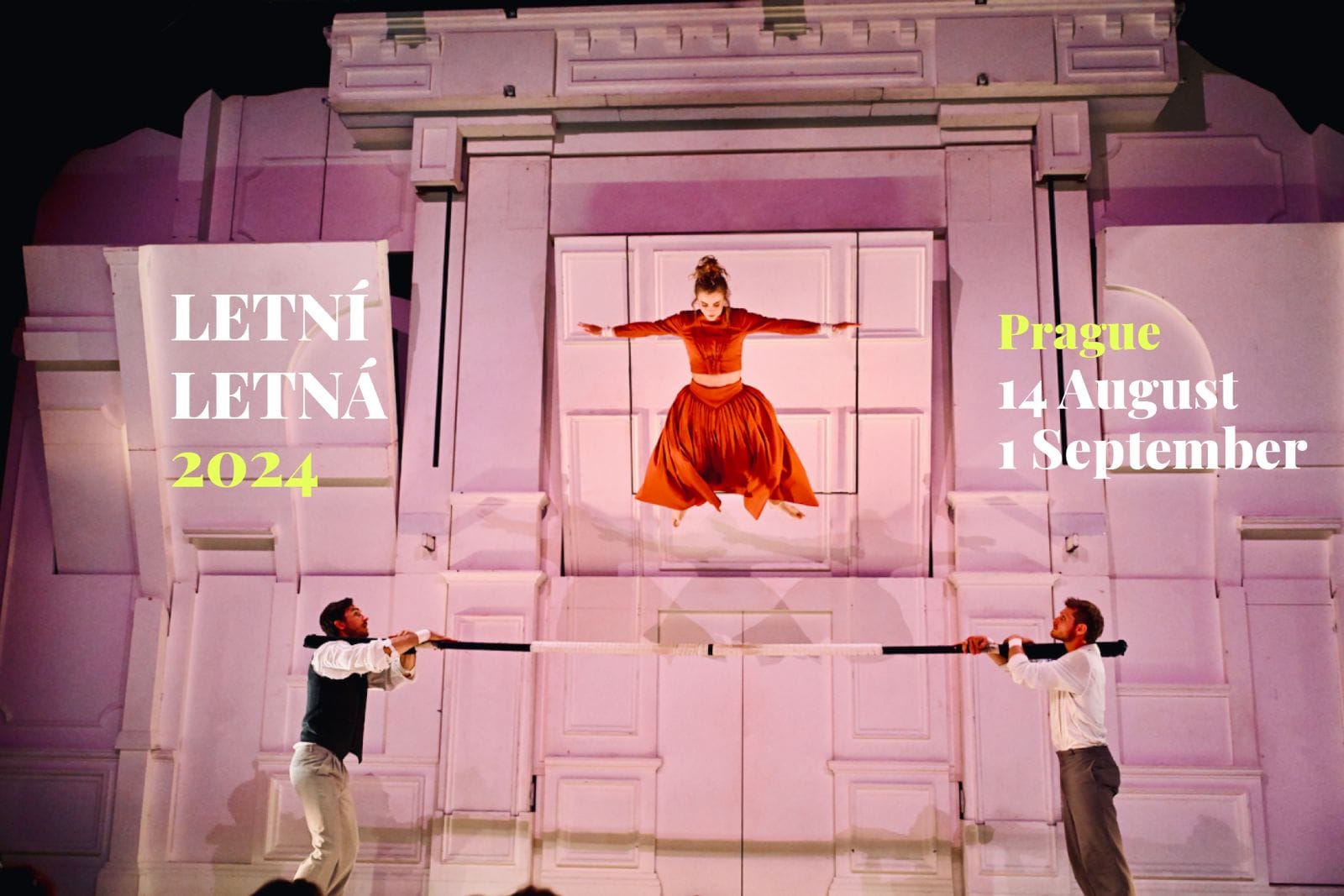Letnì Letnà or the Czech circus universe on top of the hill

Summertime in Prague might be the best time to visit the picturesque, gothic, and lively city, because of the much brighter and warmer sunny days. It is also the Letnì Letnà circus time, the joyful, colourful and vibrant festival hosted on its hill and park. I visited the 21st edition in late August with a selection of Czech contemporary circus artists and companies, alongside international headliners. This article explores the atmospheres and intent of Letnì Letnà 2024 edition, with a glimpse of the new Czech Contemporary Circus Association professional meeting and a wish for the future.
In 2024 Letnì Letnà celebrates 21 years, which is remarkable, given that the contemporary circus scene in the Czech Republic is quite young. According to the festival creative producer Anna Vondráčková, even though the festival has grown well and is quite established now, next to other important organisations such as Cirqueon, well-known companies such as Cirk La Putyka and Losers, and the newly founded Czech Contemporary Circus Association, there is still a lot of work to do with politicians in municipalities and provinces to affirm the necessary importance of contemporary circus. Letnì Letnà receives public funding but half of its income is from tickets - 20% of them are “new-haven’t been there before- visitors” each year. This allows the festival to boost the Czech scene on the spot in a separate dedicated tent, but also to invite large productions from international companies for more dates, such as Eye Catching Circus, Surnatural Orchestra & Cirque Inextremiste, and Cirque Le Roux. The more than two-week programme contains children’s shows, open-air performances, circus film projections, big international productions, and a Czech contemporary circus focus in a mix of a large variety of shows.


After Adelaide Fringe, Edinburgh Fringe and other prestigious gigs around the globe, the Taiwanese Eye Catching Circus brings #Since1994 to the Czech Republic for the first time. On stage, six female performers born around 1994 create strong visual images, from more subtle to more dynamic, to expose and break the stereotypes imposed on their bodies by society and the performing arts sector. The performance starts with no lights and in complete silence, using only torches pointing at different body parts. Two floating three-figure shapes emerge from the dark revealing some of the most stereotypical female behaviours. The performers now are posing looking sexy, but not revealing too much. Using hula hoops and hand-balancing acrobatics, they show their flexibility, and strength, as they create a human piramide as usually the male circus artists do, while joking about it.
In one scene, one of the performers starts taking out red scarves from between her legs. In another scene, the performers exchange blue and pink balloons between them, until they pinch them and let them deflate, almost as if rejecting the idea of giving birth, especially at a young age. At one point, they laugh eerily as they dress up one of them like a baby doll, preparing her for a sensual dance, leading up to a foot juggling routine, using a white table with Chinese anagrams written in black and red.
In a discussion moderated by the Czech academic, editor and educator Veronika Jošková Štefanová we discover that Eye Catch Circus is the only female circus group in Taiwan creating circus shows for women against the stereotype of Asian Circus. In a male-dominated sector, they deal with traditional Chinese circus education, its pressures and internet freedom. When asked about the anagrams on the white table, they mention words such as ‘’Female, pretty, relationship, appearance, sex, male, freedom, physical, being old.’’ It also contained the father symbol, often interpreted as patriarchy. These anagrams can represent social media (#) hashtags on women’s bodies. By placing these symbols on the table that the foot juggler was playing with, the dramaturgy intends to show strength and confront the power of these words. Miles away from the Western European stereotypes, we get and celebrate their bravery.


The overturning of circus stereotypes is also visible in PIC by Cirque Inextremiste & Surnatural Orchestra where nothing is as we know it. Inside a massive 360° tent, everything is deconstructed. Instruments, musicians, and acrobats fly, and a giant trampoline is used not just as a jumping board. It can be seen suspended in the air, twisting, turning, even standing on one tip and used as a climbing board. At one point it even capsizes in a hair-raising moment that appears as an accident, but it is indeed a well-calculated and executed act.
In this huge production, the imagination and experimentation of the 18 musicians of the Surnatural Orchestra are merged with the crazy and fearless antics of Cirque Inextremiste. All the atypical components of an abnormal orchestra are highlighted. Brass instruments are given to audience members to hold or play, while in a relentless motion, the musicians play upside-down, flying, jumping, and running.
PIC is a fascinating and colourful show with never-ending twists and turns. It is a world of fantasy, where the laws of gravity do not exist, and many creatures come to life, including paper planes, that cross space at a slow pace, producing a profound moment of tenderness. The show gets vibes from the traditional era of clowns and acrobats aiming for the spectacular, filling them with contemporary music, and a postmodern deconstruction and redefinition of what is expected, risky or possible.


From one kind of spectacular to another, Cirque Le Roux’s Entre Chiens et Louves is a pastel-coloured, aesthetically pleasing and cinematic universe of impressive acrobatic skills and an equally impressive polymorphic scenography, costume, light and stage design. A story of three different eras becomes one, with eight performers on stage unfolding the stories of three people, living in 1850, 1960, and today. The whole set is used as a projection wall offering cinema-like close-ups or it is portrayed like a triptych painting of Hieronymus Bosch, and finally unfolding into a kind of pendulum swing with two Chinese poles attached to it, swinging into 360°. The performance transcends the dichotomy of traditional and contemporary styles to become timeless. In symbiosis with a stage changing shape, featuring different rooms one after the other or revealing hidden ones, the artists act, sing, change costumes, dance and hand-balance on canes, on the floor, and with each other.
In a spectacular scene, we see a part of the set slowly descend, with two female performers dancing together seductively. One of them is Maude Parent, who later in the show performs a contortion act climbing a wall using the legs and arms of her teammates as a glory hole-like design. Special mention should also be given to the flyer Mathilde Jimenez in the Russian bar act, where her two bases recall age-old equestrian vibes.

Together with the international proposal, the festival offered various opportunities to meet Czech contemporary artists and companies from the local scene. As fundamentals in the open-air program, the festival staged TutoCirk’s Banana, LaClara a kol’s Relife, Air Gym Art Company’s Šerosvět, and Cirko Hopley’s sweet family cooking magic show Teacrobat. Additionally, the Skywalk Above Prague told us more about the backstage, preparation, and design behind the stunning act of the tightwire artist Tatiana-Mosio Bongonga from Cie Basinga who walked over the Vltava River on a 350-metre-long rope at the height of 35 meters, in Letnì Letnà’s edition of 2019.


In More Than a Juggling Gala Show, the spotlight is on eight jugglers gracing the stage. Featuring a combination of local and international jugglers, the show combined juggling tricks, new ideas and staging techniques. Those include flying clubs-literally, triangles, poi, glowing LED acro staves, poles, and even Kathrin Wagner’s act, who added a comedic value to the evening, by keeping a ring on her forehead, while following directions from the audience to go on stage and jump, sit, and even do push-ups.


In the solo piece Erlend-Stranger by BoCirk, directed by Jan Jirák and performed by Jindřich Kopidol, with the multi-instrumentalist musicians Kryštof Krása, Tomáš Jirák and singer Klaudia Korbely, we follow the quixotic journey of Jindřich Kopidol to find the stranger inside each of us. Jindřich goes into hand balancing and contortion acts on various pieces of wood, hardened plastic, and metal. Accompanied by live music and ambient lights, he moves delicately from one piece to the next, changing his clothing and movement along the way, taking time to contemplate before deciding on his next move. The well-designed scenography includes wooden totem-like figures, which he places on his head, appearing trapped in his thoughts, before finding freedom through dancing and eventually balancing on them. His most unique object though, is a half-moon made of metal, on which he slowly climbs and flies through the air with it, in a moment of finding true freedom. The lyrical images give us time to reflect on ourselves when finding freedom through loneliness and disconnection.


Radiant by Holektiv ensemble is a meeting point between science and art inspired by the Polish greenhouses cultivating vegetables. Holektiv designs a tragicomic image of our greedy contemporary society wanting fresh vegetables all year round. A functional set design - which slowly becomes an actual greenhouse - combined with a striking lights design underlines the massive presence of light pollution. Four dance acrobatic performers represent some non-human creatures affected by alluring lights. Together, we follow the increasing intensity of the light, from quiet landscapes filled with darkness and the sounds of insects, at first only illuminated by a flashlight, all the way up to a dazzling street lamp the light of which no one can escape. We observe the manipulation of animals, insects, and plants, following and circling the attracting light source, until they die from exhaustion, and reappear dressed up as different kinds of tomatoes in all sizes, colours and flavours.
Influenced by the progressively more intense live music performed by the Czech instrumental electronic band Himalayan Dalai Lama, these creatures are moving using various theatre, dance, and partner acrobatic choreographies, to swarm the scene and deal with the invader, played by the actress Lumíra Přichystalová. Talking on the mic and even rapping with the band singer, her presence narrates what is happening to all creatures. Radiant is a captivating piece with a poetic visual identity, which becomes almost a lecture on ecological matters. It was a shame that the text was spoken in Czech, but it fulfils the purpose of resonating with local audiences and maybe provoking dialogue or laughter.

During the festival, the new Czech Contemporary Circus Association organised a meeting between its members and international guests. As its coordinator, Anna Vondráčková brought the guests to discover its missions and functions. Born in March 2024, its main goals are advocacy, promotion and communication, education and information inside the Czech circus scene, curating artists' databases, and delivering surveys, and reports. Among the guests, Marina Rieger from Zeit für Zirkus, and Noemi De Clercq representing Circuscentrum, gave short presentations on their contexts, explaining what an organisation or network can do to assist the development of a whole sector, how to advocate and speak to regional authorities, engage different partners and make local audiences feel part of the events. Their presence has been relevant since this year, for the first time, both Flanders and the Czech Republic are hosting shows for their local editions of La Nuit du Cirque. For more information on Marina Rieger’s suggestions for the Czech Contemporary Circus Association, check out the dedicated episode of the Cirqueon podcast.

